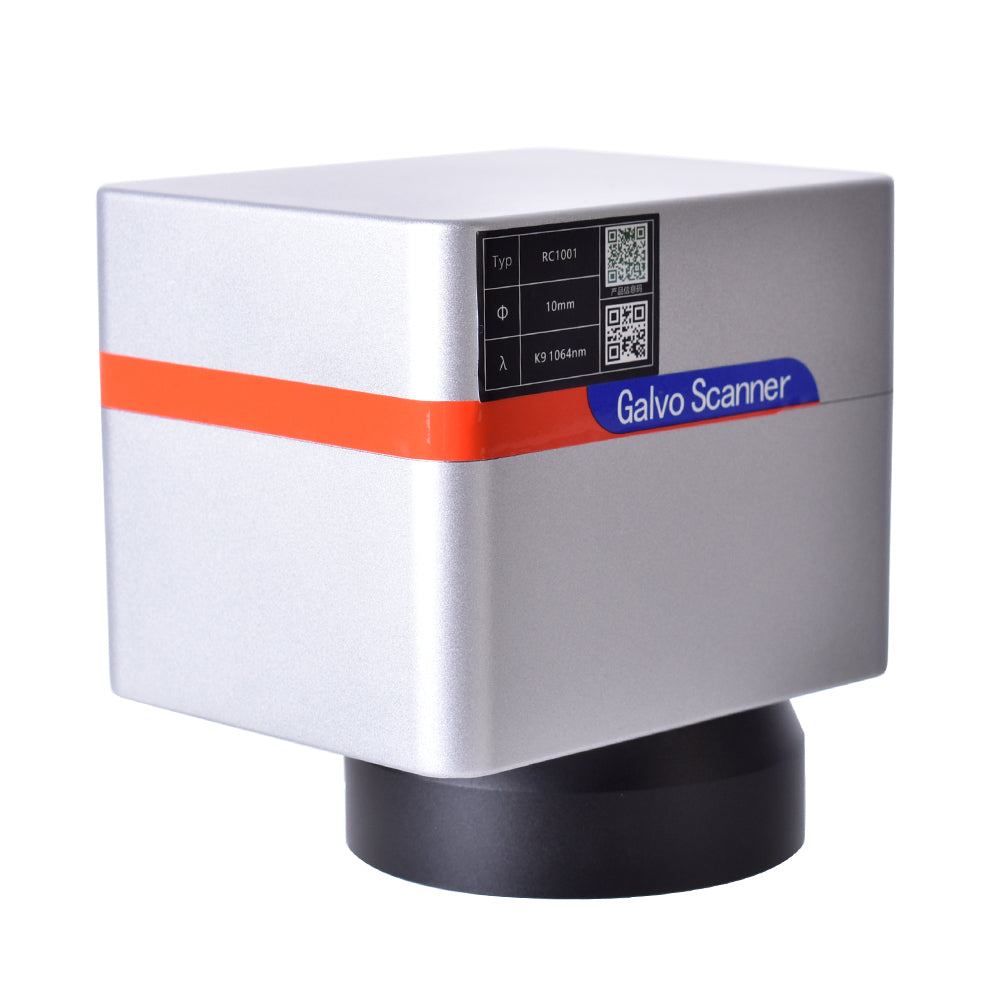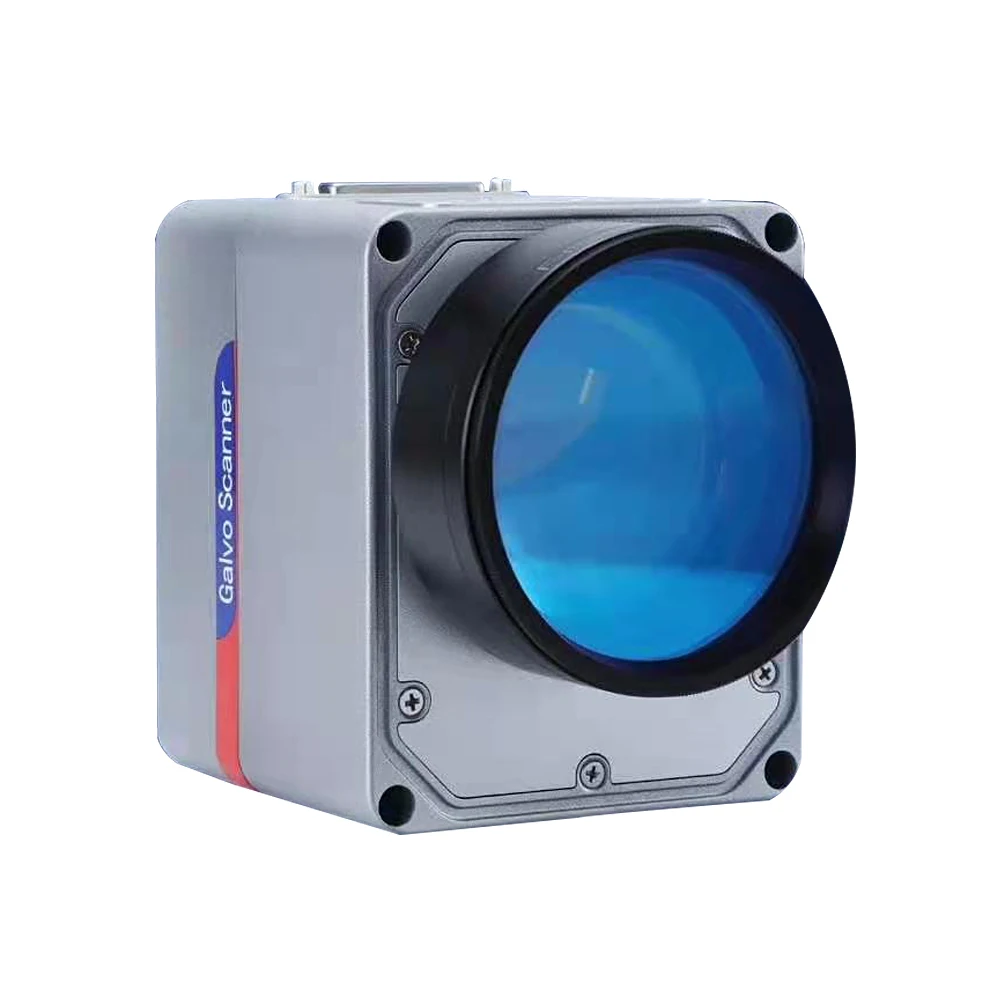How a Galvanometer Scanner Reinvents Optical Applications for Researchers
How a Galvanometer Scanner Reinvents Optical Applications for Researchers
Blog Article
How a Galvanometer Scanner Enhances Efficiency in Laser Scanning Technologies
The integration of galvanometer scanners in laser scanning technologies stands for a pivotal development in precision design. By promoting accurate and fast changes of laser beam instructions, these gadgets dramatically enhance functional efficiency across numerous applications, from medical imaging to commercial inscription.
Understanding Galvanometer Scanners
A galvanometer scanner is an advanced device that leverages electro-magnetic principles to attain exact angular motion of mirrors or various other reflective surfaces. These scanners run with the communication of an electric present and a magnetic field, making it possible for accurate and fast placing. This modern technology is crucial in applications requiring high-speed scanning, such as laser engraving, optical communication, and medical imaging.

Galvanometer scanners are commonly characterized by their rapid feedback times and high angular resolution, making them excellent for applications that demand quick activities and precise placing. Their reliability and efficiency make them a vital element in modern laser scanning modern technologies, adding substantially to innovations in different fields, consisting of manufacturing, medical care, and telecommunications.
Mechanism of Laser Beam Of Light Control

The control system counts on closed-loop responses systems that continuously keep track of the beam of light's setting. The signals from optical sensing units give real-time information to the control system, enabling rapid adjustments to maintain accuracy. This is vital in applications where even minor variances can endanger the top quality of the check or inscribing.
In addition, the galvanometer's reaction time is paramount; high-speed motors make it possible for speedy activities, guaranteeing that the laser light beam can swiftly map intricate patterns or execute elaborate operations. The integration of digital signal processing additionally improves the responsiveness and precision of the galvanometer scanner. Generally, the mechanism of laser light beam control with galvanometer scanners exemplifies the blend of advanced design and modern technology, generating high-performance end results in laser scanning applications.
Benefits of Enhanced Accuracy
Boosted precision in laser scanning technologies uses considerable benefits across numerous applications, from industrial manufacturing to medical procedures. The integration of galvanometer scanners permits for extremely precise beam positioning, which is important for jobs requiring thorough detail. This improved precision makes certain that the laser can target certain areas with minimal variance, resulting in premium quality outcomes.
In industrial contexts, accurate laser scanning leads to enhanced item uniformity and lowered product waste. In clinical applications, the precision of laser Recommended Site procedures can substantially impact individual outcomes.
In addition, boosted accuracy facilitates sophisticated applications such as 3D imaging and microfabrication, where even minute mistakes can lead to considerable errors. By offering reputable and repeatable laser positioning, galvanometer scanners add to the general performance and performance of laser systems. In recap, the advantages of improved precision not just enhance operational performance but likewise raise the standards of quality and security in numerous markets.
Applications in Different Industries
The flexibility of galvanometer scanners in laser scanning technologies extends across multiple sectors, each gaining from the accuracy they give. In the clinical field, these scanners are pivotal in applications such as laser surgical procedure and imaging, enabling highly exact targeting of cells while reducing damage to bordering areas - galvanometer scanner. Their quick response and great resolution are vital in producing high-grade outcomes
In the manufacturing field, galvanometer scanners improve procedures like laser inscription and cutting. Their capability to rapidly route laser light beams onto surface areas allows efficient assembly line, enhancing speed and precision in producing intricate designs or components.
The auto industry additionally takes advantage of galvanometer technology for quality assurance and evaluations (galvanometer scanner). By using high-speed scanning, producers can identify issues in assemblies or materials, ensuring that items meet strict requirements
Additionally, in the entertainment market, galvanometer scanners are used in laser light programs and displays, supplying dynamic visual experiences with exact control over laser movements.
Future Patterns in Laser Scanning
Arising technologies are poised to revolutionize the landscape of laser scanning, with galvanometer scanners at the center of this transformation. As markets progressively require precision and effectiveness, the advancement of galvanometer technology will drive significant developments in laser scanning applications.
Future patterns show an expanding integration of fabricated knowledge and device knowing formulas, which will enhance data processing capabilities and automate decision-making in real-time. This harmony will permit much more sophisticated evaluation of scanned data, leading to improved precision in applications such as 3D modeling and self-governing navigating.
Additionally, the miniaturization of elements and the advancement of sophisticated products will certainly add to lighter, a lot more mobile laser scanning systems. This mobility will expand the reach of laser scanning technologies into formerly unattainable environments, my sources such as remote terrain and intricate architectural areas.
The increase of enhanced reality (AR) and online fact (VIRTUAL REALITY) applications will certainly also form the future of laser scanning. By combining galvanometer scanners with AR and virtual reality, customers will certainly gain from immersive experiences that improve visualization and project preparation.
Final Thought
To conclude, galvanometer scanners play a pivotal click this link function in optimizing laser scanning modern technologies via their exact control of beam instructions and fast angular modifications. The integration of advanced feedback systems and optical sensors considerably improves functional speed and precision, bring about boosted end results in applications such as laser engraving and medical imaging. As industries significantly adopt these technologies, the ongoing advancements in galvanometer scanner styles are expected to more boost performance standards and expand application possibilities.
The combination of galvanometer scanners in laser scanning innovations represents a crucial development in precision design. In general, the device of laser beam of light control through galvanometer scanners exhibits the fusion of advanced engineering and modern technology, generating high-performance end results in laser scanning applications.
By offering repeatable and dependable laser positioning, galvanometer scanners add to the total performance and performance of laser systems.The flexibility of galvanometer scanners in laser scanning modern technologies extends across several industries, each profiting from the accuracy they provide.In final thought, galvanometer scanners play a pivotal duty in optimizing laser scanning technologies with their precise control of beam direction and fast angular modifications.
Report this page